Modified Approach of Manufacturer’s Power Curve Based on Improved Bins and K-Means++ Clustering
Abstract
1. Introduction
2. Two Representation Methods and Data Preprocessing
2.1. Functional Relation—Power Curve
2.2. Correlation—Scatter Plot
2.3. Data Preprocessing
3. Modified Approach Based on Improved Bins and K-Means++ Clustering
3.1. K-Means++ Clustering
3.2. Improved Bins
4. Experiment and Results
4.1. Sample Data
4.2. Data Partitioning Based on Improved Bins
4.3. Curve Correction of MPC
4.4. Contrastive Analysis
5. Conclusions
Author Contributions
Funding
Institutional Review Board Statement
Informed Consent Statement
Conflicts of Interest
References
- GWEC. Global Wind Report 2019[R]; GWEC: Brussels, Belgium, 2022. [Google Scholar]
- Mehrjoo, M.; Jozani, M.J.; Pawlak, M. Toward hybrid approaches for wind turbine power curve modeling with balanced loss functions and local weighting schemes. Energy 2021, 218, 119478. [Google Scholar] [CrossRef]
- Arenas-López, J.P.; Badaoui, M. A Fokker–Planck equation based approach for modelling wind speed and its power output. Energy Convers. Manag. 2020, 222, 113152. [Google Scholar] [CrossRef]
- Zhao, Y.; Ye, L.; Wang, W.; Sun, H.; Ju, Y.; Tang, Y. Data-driven correction approach to refine power curve of wind farm under wind curtailment. IEEE Trans. Sustain. Energy 2018, 9, 95–105. [Google Scholar] [CrossRef]
- Tsvetkova, O.; Ouarda, T. A review of sensitivity analysis practices in wind resource assessment. Energy Convers. Manag. 2021, 238, 114112. [Google Scholar] [CrossRef]
- Mm, A.; Mjj, B.; Mp, A. Wind turbine power curve modeling for reliable power prediction using monotonic regression. Renew. Energy 2020, 147, 214–222. [Google Scholar]
- Han, S.; Qiao, Y.; Yan, P.; Yan, J.; Liu, Y.; Li, L. Wind turbine power curve modeling based on interval extreme probability density for the integration of renewable energies and electric vehicles. Renew. Energy 2020, 157, 190–203. [Google Scholar] [CrossRef]
- Wang, Y.; Hu, Q.; Li, L.; Foley, A.M.; Srinivasan, D. Approaches to wind power curve modeling: A review and discussion. Renew. Sustain. Energy Rev. 2019, 116, 109422. [Google Scholar] [CrossRef]
- Astolfi, D.; Pandit, R.; Terzi, L.; Lombardi, A. Discussion of Wind Turbine Performance Based on SCADAData and Multiple Test Case Analysis. Energies 2022, 15, 5343. [Google Scholar] [CrossRef]
- Wen, W.; Liu, Y.; Sun, R.; Liu, Y. Research on Anomaly Detection of Wind Farm SCADA Wind Speed Data. Energies 2022, 15, 5869. [Google Scholar] [CrossRef]
- Gamesa Eolica, S.A. Gamesa G52/G58-850kW Technical Files; Gamesa Eolica S.A: Vitoria, BC, Canada, 2001. [Google Scholar]
- Hernandez, W.; Méndez, A.; Maldonado Correa, J.L.; Balleteros, F. Modeling of a Robust Confidence Band for the Power Curve of a Wind Turbine. Sensors 2016, 16, 2080. [Google Scholar] [CrossRef] [PubMed]
- Cheng, L.; Lin, J.; Sun, Y.Z.; Singh, C.; Gao, W.Z.; Qin, X.M. A Model for Assessing the Power Variation of a Wind Farm Considering the Outages of Wind Turbines. IEEE Trans. Sustain. Energy 2012, 3, 432–444. [Google Scholar] [CrossRef]
- Yan, J.; Zhang, H.; Liu, Y.; Han, S.; Li, L. Uncertainty estimation for wind energy conversion by probabilistic wind turbine power curve modelling. Appl. Energy 2019, 239, 1356–1370. [Google Scholar] [CrossRef]
- Pelletier, F.; Masson, C.; Tahan, A. Wind turbine power curve modelling using artificial neural network. Renew. Energy 2016, 89, 207–214. [Google Scholar] [CrossRef]
- Li, S. Artificial Neural Networks Applied for Wind Power Estimation and Forecast; Texas Tech University: Lubbock, TX, USA, 1999. [Google Scholar]
- Kusiak, A.; Zheng, H.; Song, Z. Models for monitoring wind farm power. Renew. Energy 2009, 34, 583–590. [Google Scholar] [CrossRef]
- EN 61400-12-1:2017/AC:2020-04; Wind Energy Generation Systems Part 12-1: Power Performance Measurements of Electricity Producing Wind Turbines. International Electrotechnical Commission: London, UK, 2017.
- Gao, M.; Pan, S.; Chen, S.; Li, Y.; Pan, N.; Pan, D.; Shen, X. Identification method of electrical load for electrical appliances based on K-Means++ and GCN. IEEE Access 2021, 9, 27026–27037. [Google Scholar] [CrossRef]
- Agarwal, M.; Jaiswal, R.; Pal, A. K-means++ under Approximation Stability. Theor. Comput. Sci. 2013, 588, 84–95. [Google Scholar]
- Li, H.; Wang, J. Collaborative annealing power -means++ clustering. Knowl. Based Syst. 2022, 255, 109593. [Google Scholar] [CrossRef]
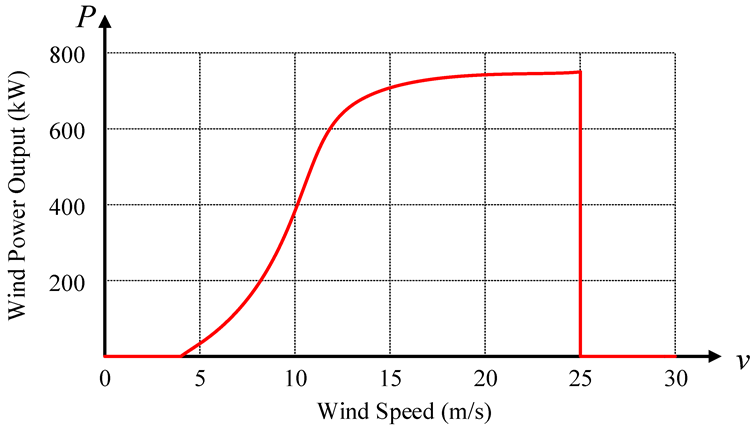
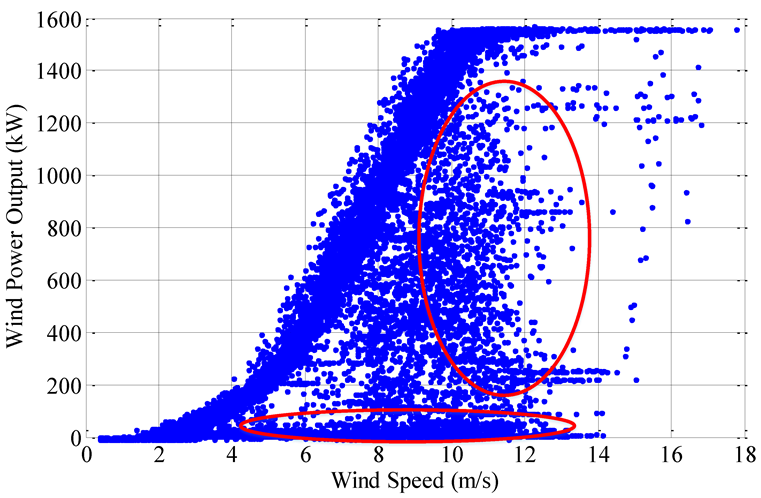
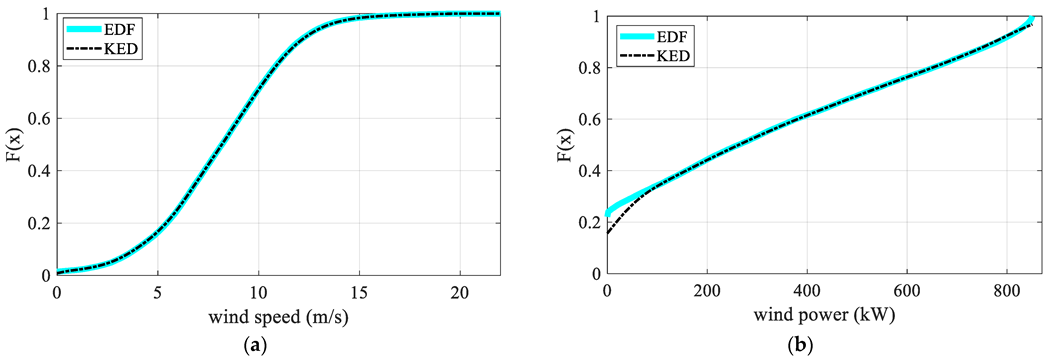

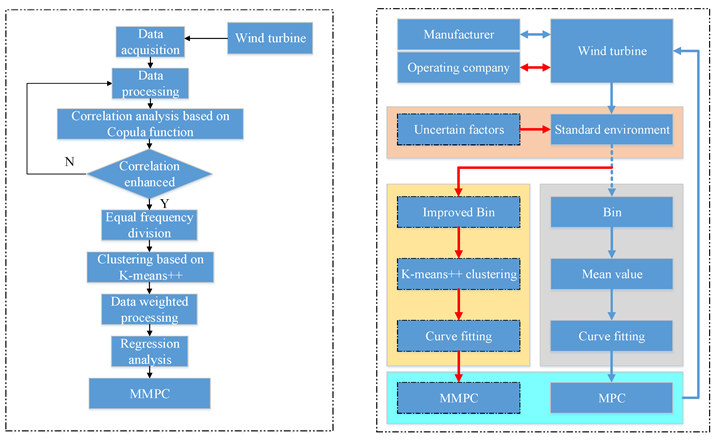
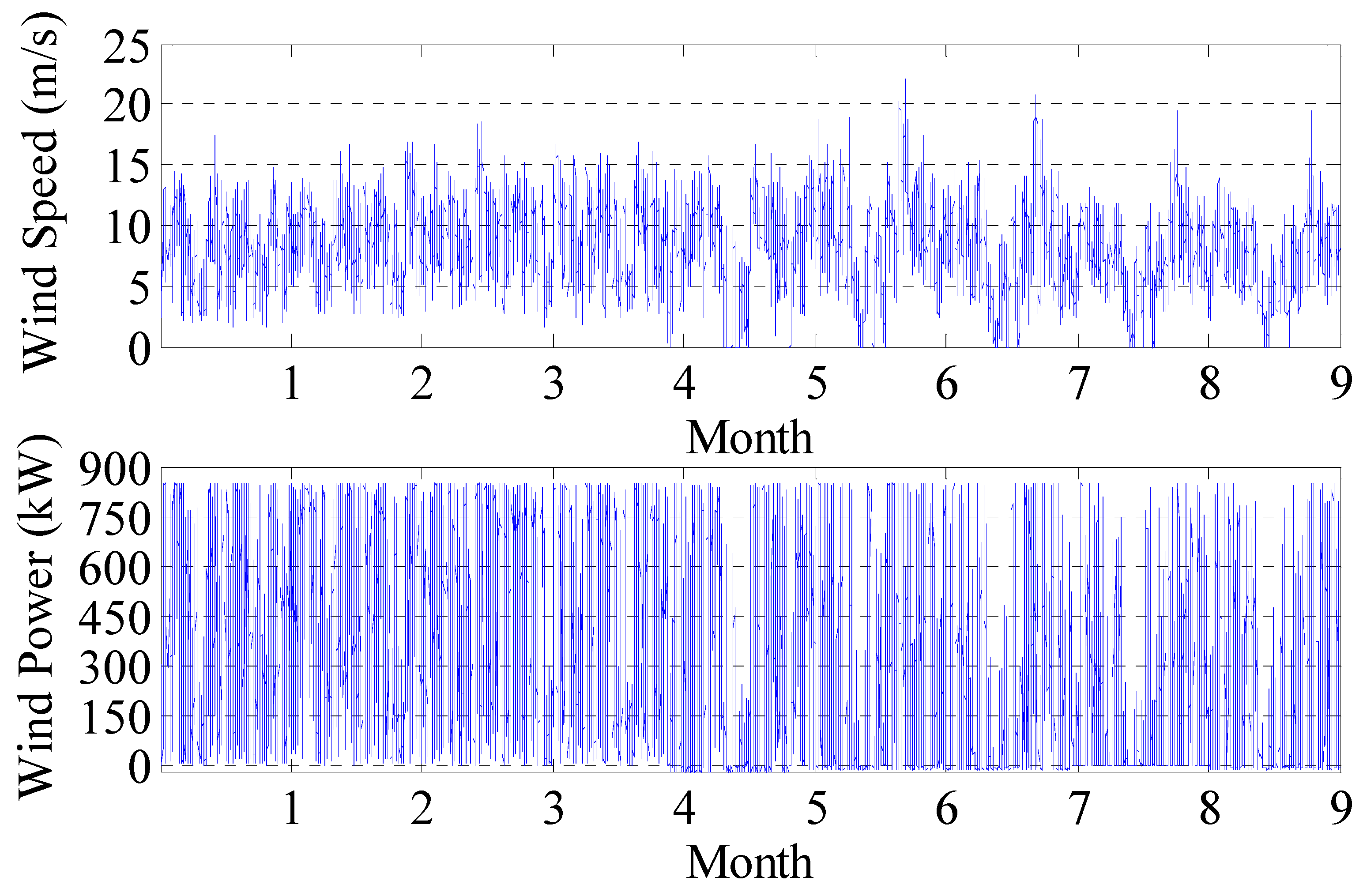
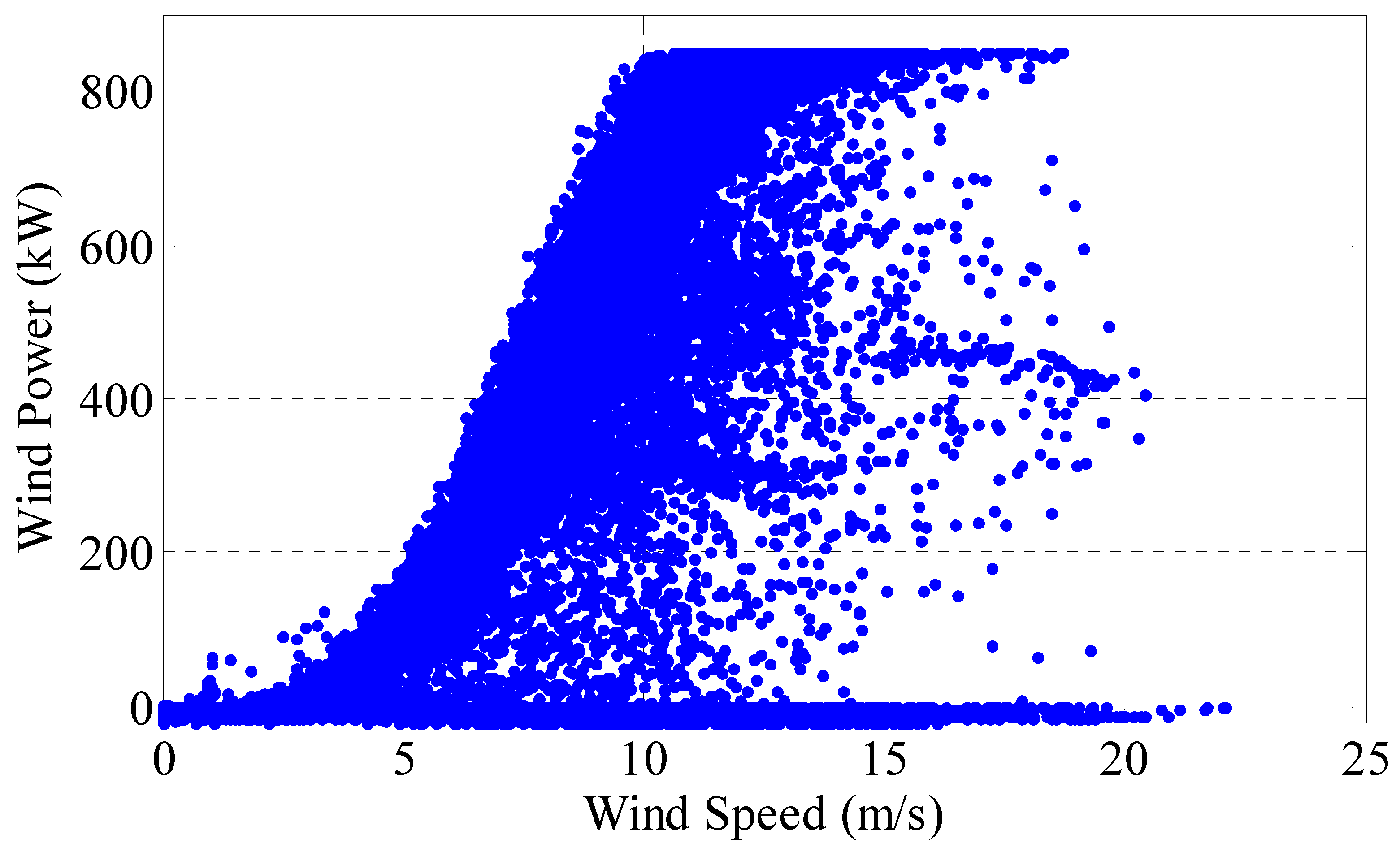

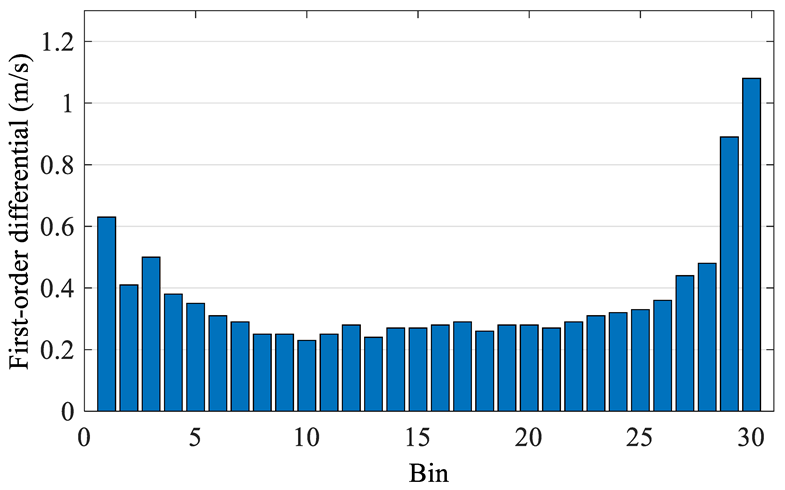
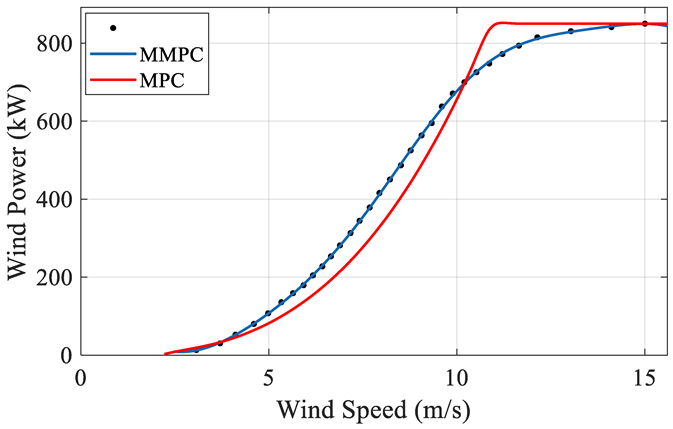

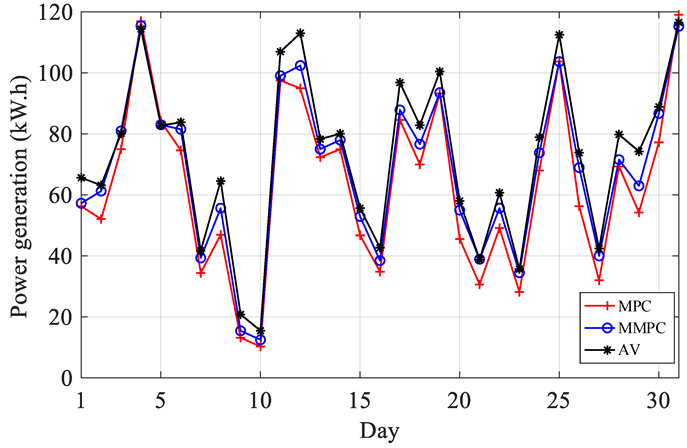
| Correlation Coefficient | Kendall | Spearman | ||
|---|---|---|---|---|
| Norm | t | Norm | t | |
| Original data | 0.4087 | 0.4717 | 0.5807 | 0.6391 |
| Preprocessed data | 0.8414 | 0.8556 | 0.9661 | 0.9689 |
| Number of Samples | D (x) | D (x)2 | p (x) | Sum |
|---|---|---|---|---|
| 1 | d (x1,T1) | d (x1,T1)2 | p (x1) | p (x1) |
| 2 | d (x2,T1) | d (x2,T1)2 | p (x2) | p (x1) + p (x2) |
| … | d (x) | d (x)2 | p (x) | ∑p (xi) |
| M | d (xM,T1) | d (xM,T1)2 | p (xM) | 1 |
| Bin | Wind Speed | Power | Bin | Wind Speed | Power |
|---|---|---|---|---|---|
| 1 | 3.07 | 13.24 | 17 | 8.22 | 450.38 |
| 2 | 3.70 | 30.29 | 18 | 8.51 | 486.84 |
| 3 | 4.11 | 52.40 | 19 | 8.77 | 524.89 |
| 4 | 4.60 | 80.06 | 20 | 9.06 | 563.43 |
| 5 | 4.98 | 107.39 | 21 | 9.33 | 595.08 |
| 6 | 5.33 | 135.78 | 22 | 9.60 | 637.65 |
| 7 | 5.64 | 158.82 | 23 | 9.89 | 670.90 |
| 8 | 5.92 | 179.31 | 24 | 10.20 | 699.96 |
| 9 | 6.17 | 204.60 | 25 | 10.52 | 725.47 |
| 10 | 6.42 | 227.73 | 26 | 10.86 | 747.77 |
| 11 | 6.65 | 253.55 | 27 | 11.21 | 772.13 |
| 12 | 6.89 | 281.42 | 28 | 11.65 | 793.66 |
| 13 | 7.17 | 313.03 | 29 | 12.14 | 814.99 |
| 14 | 7.41 | 344.46 | 30 | 13.03 | 830.77 |
| 15 | 7.68 | 378.50 | 31 | 14.11 | 841.22 |
| 16 | 7.94 | 415.85 | 32 | 15.01 | 850.00 |
| Date | MPC | MMPC | AV | MD | MMD |
|---|---|---|---|---|---|
| 1 | 8.10 | 8.25 | 9.45 | −14.29 | −12.77 |
| 2 | 7.50 | 8.82 | 9.09 | −17.52 | −3.01 |
| 3 | 10.80 | 11.66 | 11.54 | −6.45 | 1.04 |
| 4 | 16.84 | 16.63 | 16.47 | 2.26 | 0.97 |
| 5 | 12.11 | 11.95 | 11.91 | 1.64 | 0.29 |
| 6 | 10.74 | 11.74 | 12.07 | −11.00 | −2.76 |
| 7 | 4.96 | 5.66 | 6.01 | −17.45 | −5.72 |
| 8 | 6.76 | 8.01 | 9.29 | −27.30 | −13.79 |
| 9 | 1.90 | 2.23 | 3.00 | −36.80 | −25.81 |
| 10 | 1.48 | 1.80 | 2.23 | −33.46 | −19.18 |
| 11 | 14.04 | 14.27 | 15.39 | −8.82 | −7.34 |
| 12 | 13.67 | 14.75 | 16.27 | −16.01 | −9.39 |
| 13 | 10.42 | 10.80 | 11.27 | −7.57 | −4.19 |
| 14 | 10.79 | 11.23 | 11.53 | −6.39 | −2.59 |
| 15 | 6.73 | 7.62 | 8.01 | −16.04 | −4.91 |
| 16 | 5.02 | 5.54 | 6.14 | −18.33 | −9.82 |
| 17 | 12.18 | 12.65 | 13.94 | −12.65 | −9.26 |
| 18 | 10.08 | 11.03 | 11.92 | −15.49 | −7.47 |
| 19 | 13.42 | 13.47 | 14.46 | −7.18 | −6.88 |
| 20 | 6.56 | 7.92 | 8.35 | −21.43 | −5.18 |
| 21 | 4.41 | 5.60 | 5.58 | −20.90 | 0.38 |
| 22 | 7.07 | 8.01 | 8.74 | −19.11 | −8.34 |
| 23 | 4.05 | 4.96 | 5.14 | −21.08 | −3.37 |
| 24 | 9.79 | 10.63 | 11.36 | −13.81 | −6.43 |
| 25 | 14.93 | 14.93 | 16.20 | −7.81 | −7.82 |
| 26 | 8.10 | 9.93 | 10.63 | −23.79 | −6.62 |
| 27 | 4.61 | 5.76 | 6.11 | −24.58 | −5.73 |
| 28 | 9.97 | 10.30 | 11.49 | −13.19 | −10.35 |
| 29 | 7.81 | 9.07 | 10.69 | −26.93 | −15.20 |
| 30 | 11.12 | 12.48 | 12.80 | −13.11 | −2.46 |
| 31 | 17.14 | 16.60 | 16.78 | 2.14 | −1.09 |
| Total | 283.10 | 304.28 | 323.89 | −12.59 | −6.05 |
Publisher’s Note: MDPI stays neutral with regard to jurisdictional claims in published maps and institutional affiliations. |
© 2022 by the authors. Licensee MDPI, Basel, Switzerland. This article is an open access article distributed under the terms and conditions of the Creative Commons Attribution (CC BY) license (https://creativecommons.org/licenses/by/4.0/).
Share and Cite
Fang, Y.; Wang, Y.; Liu, C.; Cai, G. Modified Approach of Manufacturer’s Power Curve Based on Improved Bins and K-Means++ Clustering. Sensors 2022, 22, 8133. https://doi.org/10.3390/s22218133
Fang Y, Wang Y, Liu C, Cai G. Modified Approach of Manufacturer’s Power Curve Based on Improved Bins and K-Means++ Clustering. Sensors. 2022; 22(21):8133. https://doi.org/10.3390/s22218133
Chicago/Turabian StyleFang, Yuan, Yibo Wang, Chuang Liu, and Guowei Cai. 2022. "Modified Approach of Manufacturer’s Power Curve Based on Improved Bins and K-Means++ Clustering" Sensors 22, no. 21: 8133. https://doi.org/10.3390/s22218133
APA StyleFang, Y., Wang, Y., Liu, C., & Cai, G. (2022). Modified Approach of Manufacturer’s Power Curve Based on Improved Bins and K-Means++ Clustering. Sensors, 22(21), 8133. https://doi.org/10.3390/s22218133




